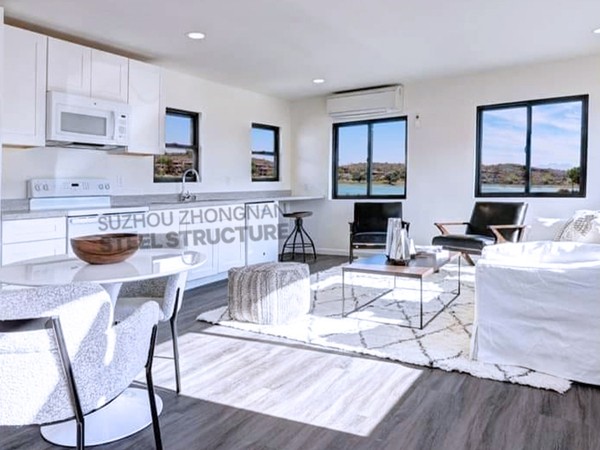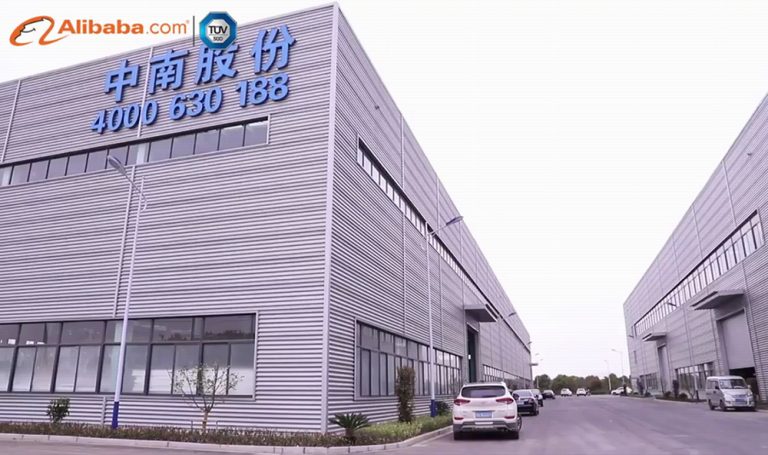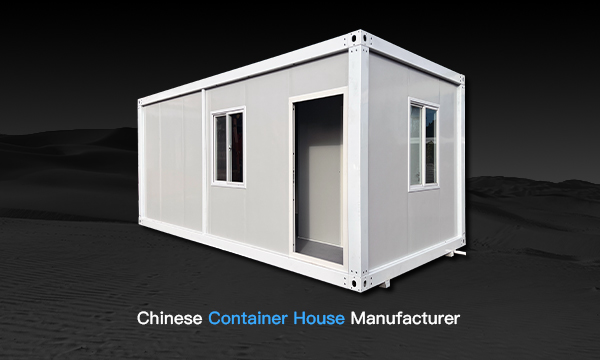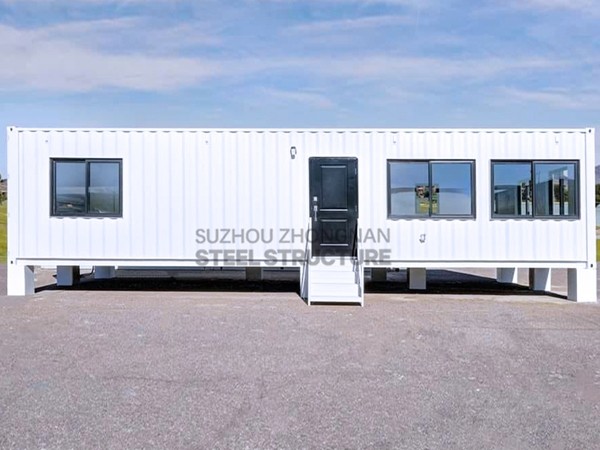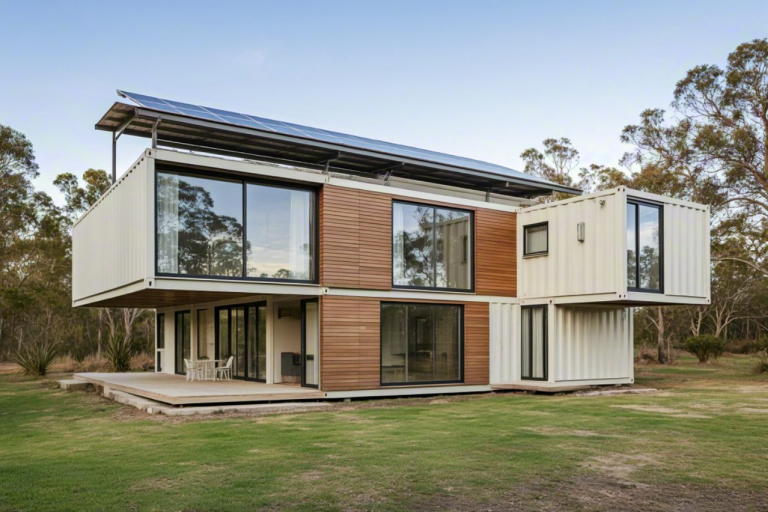Classroom Container Prices: How to Future-Proof Your Investment
What Are Classroom Containers?
When schools face space crunches or tight budgets, many educators are discovering classroom containers, but what exactly does this cost-effective solution entail? Let's break down the essentials to help you evaluate if these structures align with your needs and budget.
Shipping Container Classroom Prices vs Quick Assemble Container Classroom Prices
When planning temporary or modular classrooms, two options dominate the market: repurposed shipping containers and fast-assemble containers. Let’s explore how their price points and features differ to help you make an informed choice.
| Shipping Containers | Fast-Assemble Containers | |
| Hidden Value | Fully welded frame with corrosion resistant coating | Speed Advantage: 70% faster installation (1-2days) |
| Budget Tip | Schools in port cities often save 15% on delivery | Disassembled for transportation, saving freight costs |
| Cost Consideration | Better for harsh environment despite higher initial price | Better for urgent needs and projects with a limited budget |
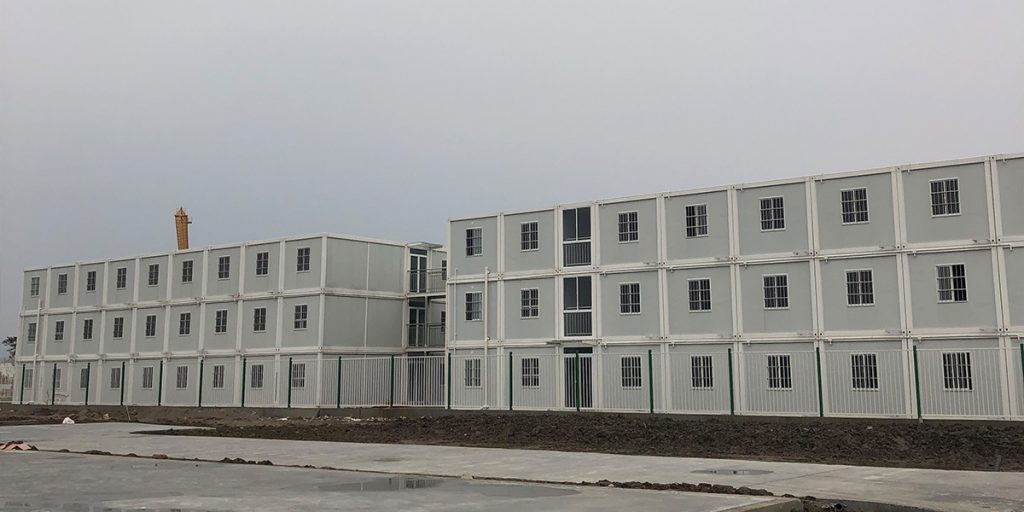
Key Components of Classroom Containers: Balancing Cost & Quality
When evaluating classroom container prices, it’s crucial to understand how their design components directly impact long-term savings and learning outcomes. Here’s a breakdown of features that make these structures both budget-friendly and future-ready:
1. Energy Efficiency That Lowers Operating Costs
Classroom containers aren’t just affordable upfront: their smart systems slash long-term expenses
✓ Recommendation: Opt for R-30 spray foam
Solar Readiness:
→ Pre-installed conduits allow easy panel additions later
→ Budget Tip: Pair with tubular skylights to reduce lighting costs by 70%
Smart HVAC Systems:
✓ Energy-rated units use 35% less power
✓ Zoning capabilities let you heat/cool only occupied areas
Why It Matters: While classroom container prices might be 10-15% higher for energy-efficient models, they typically pay for themselves in 4-7 years through utility savings.
2. Health-Boosting Designs for Better Learning
Investing in these features improves attendance and focus, key for ROI:
Natural Light Optimization:
→ Floor-to-ceiling windows (+$ 1,200/unit) reduce reliance on artificial light
→ Recommendation: Use Solatube skylights in windowless areas to maintain brightness
Mold-Resistant Materials:
✓ Antimicrobial wall panels prevent sick days
✓ Cost Comparison: Adds $900/unit but cuts maintenance costs by 60%
Low-VOC Interiors:
→ Improves air quality without premium pricing
→ EPA study shows 21% faster cognitive function in low-VOC classrooms
3. Flexible Layouts That Grow With Your Budget
Avoid expensive renovations with adaptable designs:
Modular Walls:
✓ Reconfigure spaces in 2 hours vs. $15,000+ for traditional remodeling
✓ Example: A Michigan district transformed 3 containers into 6 specialty labs over 5 years
Height Customization:
✓ 16ft ceilings (+$3,800) enable mezzanine storage/study areas
✓ Critical for art/STEM spaces needing vertical workspace
4. Sustainable Materials That Reduce Lifetime Costs
Smart material choices balance classroom container prices with eco-goals:
Recycled Steel Frames:
✓ 95% recycled content cuts production costs by 18%
✓ Withstands 50+ years of use (vs. 25 years for wood frames)
Cool Roof Technology:
→ Reflects 85% of sunlight, reducing AC demand
100% Recyclable Finishes:
✓ Salvage $8,000+ in materials when decommissioning
✓ California districts reuse 73% of container components
What Factors Influence Classroom Container Prices?
1. Size Matters: 20ft vs 40ft Cost Breakdown
Your space needs directly impact classroom container prices:
20ft Units
→ Best For: Single-classroom needs or tight budgets
→ Savings Tip: Ideal for rural schools with <30 students
40ft Units
→ Value Add: 40% more space for only 25-30% higher cost
→ Case Study: Nevada district saved $21,000 using two 40ft units vs three 20ft
2. Must-Have Features That Affect Classroom Container Prices
These upgrades impact costs but deliver long-term value:
Climate Control Systems
✓ Choose Smart:
Heat pumps for mild climates → Full HVAC for extreme zones
✓ ROI: Proper systems reduce energy bills by 35-60%
ADA Compliance
Ramps: Increased costs depend on height/materials
Budget Hack: Use modular ramps for temporary sites
Electrical Upgrades
✓ LED lighting packages cut energy use by 70%
✓ Solar-ready wiring adds costs but enables future savings
Hidden Costs Most Buyers Forget
Delivery Fees
Permits & Zoning
→ Urban areas: 1,200−4,500 (fire/accessibility codes)
→ Rural areas: 600−1,800
→ Recommendation: Partner with suppliers who handle permits (saves 15+ hours)
Site Preparation: Leveling/Utility hookups/Foundation
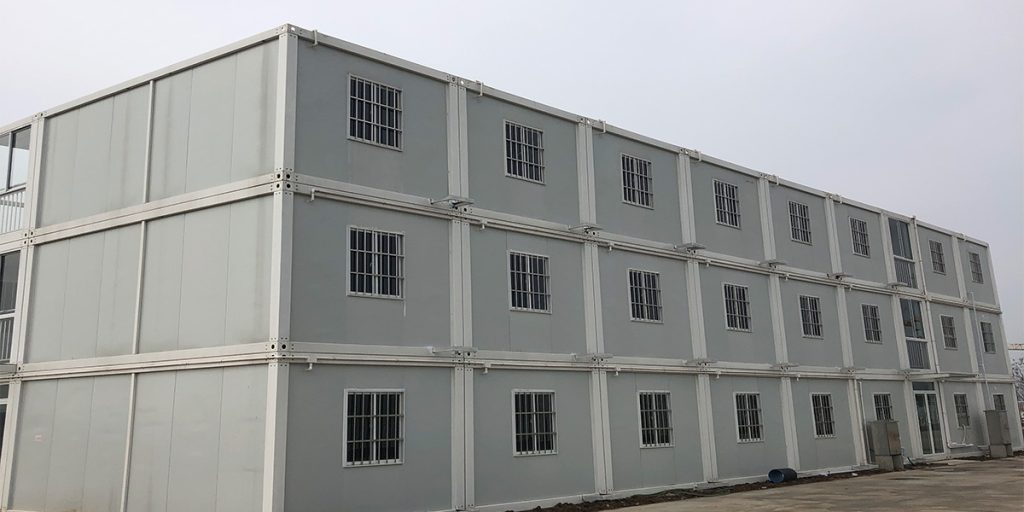
Leasing vs. buying: Which lowers the total price?
If needing units for >2.5 years, buying typically offers better classroom containers prices long-term. Always factor in resale value (60-70% recovery after 5 years).
Pro Tips to Reduce Costs
Bulk Purchase Deals→ Order 3+ units for discounts
Prioritize Pre-Owned
→ Used 40ft containers cost 40% less than new
→ Inspect For: Rust spots, floor integrity, door seals
Phase Your Upgrades
Install basic electrical now, add solar later
→ Start with vinyl windows
Budget Planning Checklist
✓ Get 3+ quotes
✓ Confirm if price includes:
✓ Ask about: State education grants (e.g., CA offers up to $15k/unit), Trade-in programs
3 Questions to Maximize Your Budget
“Will we reuse/modify these units in 5+ years?” → Invest in modularity
“What local green incentives apply?” → Offset 15-30% of classroom container prices
“How do lighting needs vary by subject?” → Prioritize window placement over artificial systems
FAQs
Q: Should I purchase or rent a classroom container?
A: You may consider purchasing a classroom container if you need it for 3+ years. Purchasing units often cost less than long-term rentals. For example, renting a 24x40ft unit for 5 years could exceed the price of buying one. However, renting provides flexibility for short-term needs.
If opting for a new unit, request 3+ classroom container price quotes from suppliers. Direct purchases from manufacturers can save thousands. Prioritize durable finishes to maintain resale value.
Q: How to budget for classroom container delivery and setup?
A: Always request a site assessment from suppliers. This helps identify hidden costs like crane rentals or utility extensions. For tight budgets, phased installations (e.g., foundation first, ramp later) are worth exploring.
Q: What accessibility features are required?
A: Classroom containers often include ramps. Steel or aluminum ramps with non-slip surfaces are recommended. Measure the finished floor height early in planning. This determines ramp length and material needs. Temporary rental ramps can reduce upfront costs for short-term projects.
Q: Why choose shipping containers for classrooms?
A: Classroom containers offer three key advantages:
Durability: Steel structures withstand hurricanes, heavy snow, and vandalism.
Modularity: Connect multiple units to create libraries, labs, or cafeterias.
Sustainability: Repurposing reduces construction waste by 60–80% compared to traditional builds.
For pandemic-related expansions, they provide turnkey solutions within 8–12 weeks.
Q: How to reduce the classroom container price without sacrificing quality?
A: Three Cost-saving strategies:
Simplify interiors: Use prewired electrical systems instead of custom layouts.
Opt for group purchases: Order multiple classroom containers for bulk discounts.
Reuse foundations: Modular designs allow relocation without repouring concrete.

